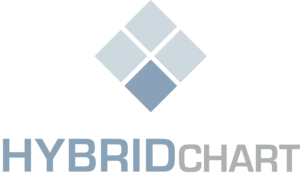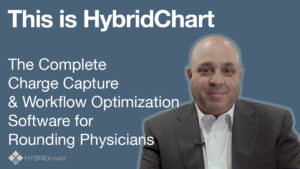Mobile vs. Desktop
Finding the Right Solution for Hospital Rounding and Billing
A Mobile World
Let’s face it – our world has gone mobile. There are mobile applications for everything from banking to dry-cleaning. Many applications benefit from a mobile platform due to increased accessibility (almost everyone has a smart phone these days) and ease of use. However when it comes to hospital rounding and billing, the mobile vs. desktop debate isn’t easily determined.
Desktop Pros and Cons
A desktop solution for rounding and billing provides physicians many benefits. First, it is easier to perform large batch functions. Second, doctors can navigate between patients and information more easily on a large screen with a mouse. Third, displaying large amounts of information is easier on a desktop – especially important with complex billing processes. Finally, editing multiple patients in a short period of time is more plausible.
However, desktop rounding and billing has its limitations. It is difficult to bill after each patient with a desktop solution, so doctors typically wait until they’ve finished rounding at a specific hospital or even till the end of the day before entering charges. This time lapse could potentially increase the chance for billing errors or missed charges. Using a desktop solution also usually requires a hardcopy print out of the physician’s list so notations can be made throughout the day. However, many doctors don’t want to carry around a piece of paper, and these lists are frequently lost or misplaced.
Mobile Benefits and Limitations
If a physician chooses a mobile rounding and billing solution, they will always have information available whether at home, the office, hospital, or outside of work. The mobile solution is ideal for physicians that wish to enter billing and rounding information immediately upon leaving a patient’s room.
Additional information they might need is easily accessible, and entering new patients into the system or logging details about clinical encounters while away from the hospital is infinitely easier too. For example: If a physician was at a restaurant and paged about a new patient, he or she wouldn’t need to find a desktop or wait until they got home to update their census. They could simply enter patient information immediately using their smart phone.
However, a disadvantage of the mobile solution is that it almost obligates physicians to use it after seeing each patient. Typical billing systems are geared towards billing patients one at a time and don’t offer batch billing for mobile platforms. In this respect, a mobile solution becomes cumbersome or nearly impossible if the physician prefers billing all at once, at the end of the day or in large batches.
Other disadvantages of mobile solutions include difficulty editing patient information, limits of cellular service, dependency on the battery life of your smart phone, and the need to turn your device on and off frequently throughout the day. Some doctors may find walking around with an old-fashioned list is much easier then pulling out your device, turning it on, logging into the solution, and entering data.
What’s Right For You – Try a Hybrid Solution
So which solution is best? Only individual medical providers can answer this as it largely depends upon the nature of the specific practice and how its electronic billing solution is used.
Most practices will probably prefer using a Hybrid solution of mobile and desktop to capture the benefits of each system and eliminate the limitations. For instance, the mobile device can be used most of the time in clinical situations where billing and updates are straightforward; while the desktop solution can be reserved for more complex billing, and batch editing – tasks that are more difficult when using a mobile device.
Healthcare providers who utilize electronic rounding and billing should seek a solution that is user-friendly, each to access on a mobile device and available as a robust desktop platform.
What solution are you using? What are its limits and benefits?







